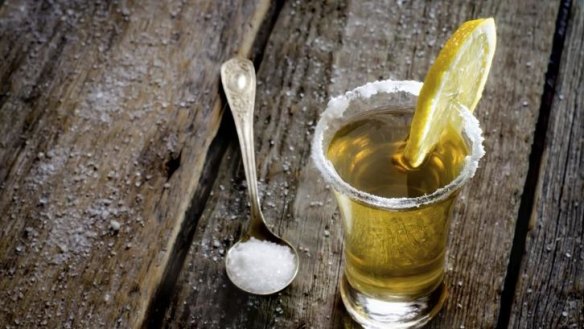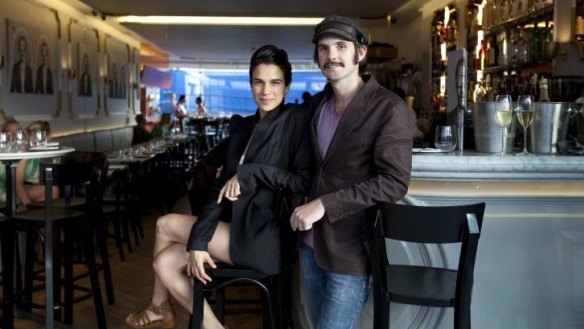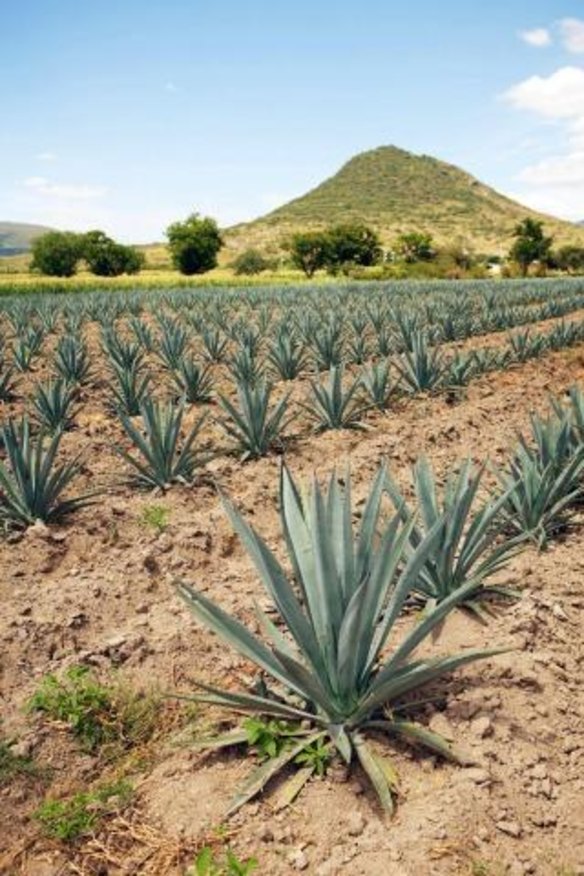Five things you should know about mezcal and tequila

Tequila has struggled with a public image problem for some time. I grew up assuming it was a cheap party drink designed to be licked, sipped, and sucked until four in the morning.
Boy, was I wrong. There's much more to tequila and its agave-based cousin, mezcal, than belly button shots and bottles with tiny hats.
Phil Bayly is a bloke passionate about tequila and mezcal. The agave ambassador, and one-time operator of Sydney tequila institution Cafe Pacifico, has organised Agave Love, a two-day event being held in March across seven Sydney bars (six of which are in Darlinghurst) from March 22-23.

It looks like a hoot. Targeted at both consumers and the hospitality industry, Agave Love will involve parties, masterclasses, tasting sessions, mixology lessons and presentations from leading industry figures who have travelled from the US and Mexico to join the fun. Participating bars include Shady Pines, The Cliff Dive, Hello Sailor and Bondi's Mr Moustache. The event will be a top opportunity to try tequila and mezcal varieties not often found behind the bar.
In the meantime, here's a tequila and mezcal 101 to help you brush up on your agave knowledge.
The difference between tequila and mezcal

Both spirits are made using sap from the "pina" (or heart) of the spiky agave plant. Mezcal can be made from about 25 different types of agave and each agave has its own character and flavour profile.
Tequila, however, can only be made using sap from a blue agave grown in designated regions of Mexico. So while tequila can be classified as mezcal, not all mezcal is tequila.
Harvesting the agave is back-breaking work and top-shelf tequilas and mezcals range from $50 to $100 a bottle and beyond – way beyond, especially when it comes to hand-crafted artisanal mezcal which is made using age-old techniques that require a mammoth amount of time and labour.
Some agave plants can take up to 35 years to mature and can only harvested by hand. After underground roasting, milling (by way of a donkey pulling a large stone wheel), fermenting and distilling, seven kilograms of agave pina make about one litre of mezcal.
Mezcal is often smokier and less refined than tequila and if you're drinking a bottle of agave distillate and it has a worm in it, that's mezcal you're knocking back. tequila, by law, can't contain "the worm". And it's not a worm anyway, it's a moth larva and it's harmless, but you probably won't find one in a bottle of the good stuff.
We can't make tequila and mezcal in Australia
Both spirits are protected by denomination of origin similar to Cognac and Champagne. "We could actually make an agave distillate in Australia but we couldn't call it tequila or mezcal," says Bayly.
Given our lack of altitude, it might not taste that good anyway. "The other thing we don't have here, which I've found to be in Mexico, is that all the tequila and mezcal regions are about 1500 metres above sea level," says Bayly. "Down in Oaxaca [Mexico] you've got agave growing on the coast but the mezcal made from it tastes like crap. Then right behind the coast you go up to about 3000 metres and back down into a central valley 1500 metres above sea level and you have incredible mezcal."
The deal with blanco, reposado, and anejo
With so many tequilas on the market, classification of the spirit is strict business.
Blanco is young, white tequila that hasn't been aged in an oak barrel. "It is the most common way to judge a tequila because it's the raw product," says Bayly. "It's fresh, clean, and usually crisp. You're basically getting all the flavours of the agave."
If a blanco tequila is aged in an oak container for a minimum of two months, and up to a year, it takes on a golden colour and becomes a reposado.
The next level is anejo tequila which needs to be aged for at least one year in a barrel that doesn't exceed 600 litres capacity.
In the last decade, a new classification called "extra anejo" was introduced for any tequila aged for more than three years.
"These types of tequila aged over three years used to just be called anejo too," says Bayly. "But people said: 'How can a tequila that's so rich and aged, that it's almost like a cognac compare to something that's only been aged for one year?'"
Gold tequila is not quite as great as the name suggests
Multinational companies will add caramel to young, non-pure agave syrup tequila for colour and flavour. A gold tequila can be a darker colour than a reposado that has been aged in barrels. The practice is frowned on by tequila purists.
"Most purists won't drink anything that isn't less than 100 per cent agave sugar anyway," says Bayly. "But that's not to say there aren't good regular tequilas. I've had some really good regular tequilas."
Tequila as we know it has only existed since about 1995
"Producers experiment with all different types of oak these days," says Bayly.
"Tequila has been around for 250 years but only recently have we started to see what different things can be done to push tequila ageing levels to their limits. Ageing statements are getting up to 10 and 12 years which we've never seen before," he says.
Agave Love festival is held on Sunday, March 22, and Monday, March 23. See agavelove.com.au
- More:
- Drinks
